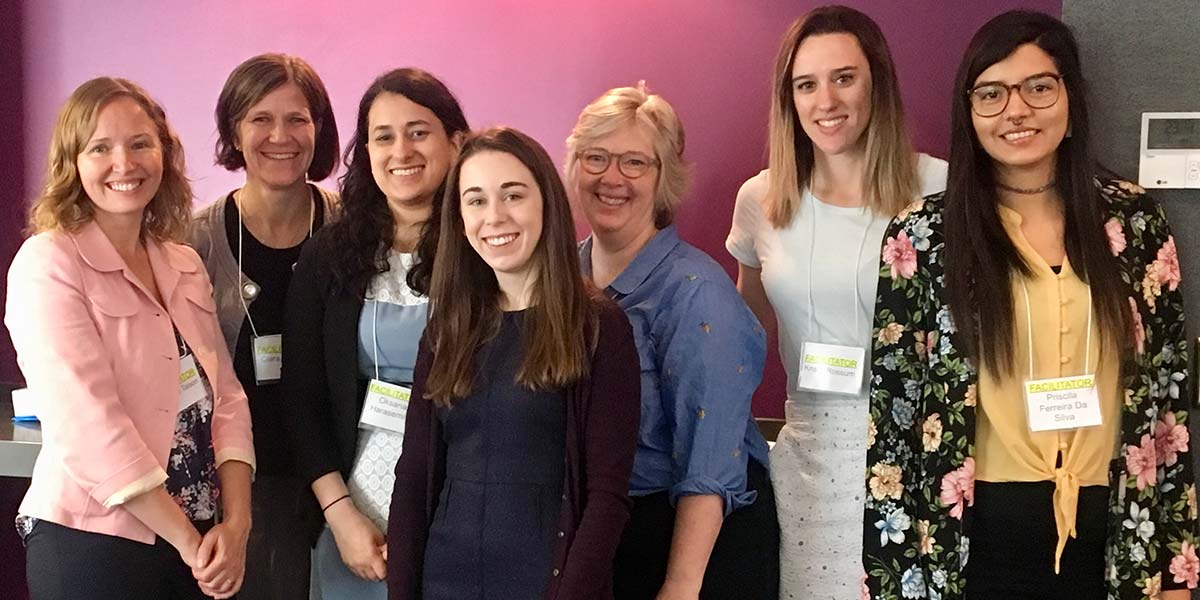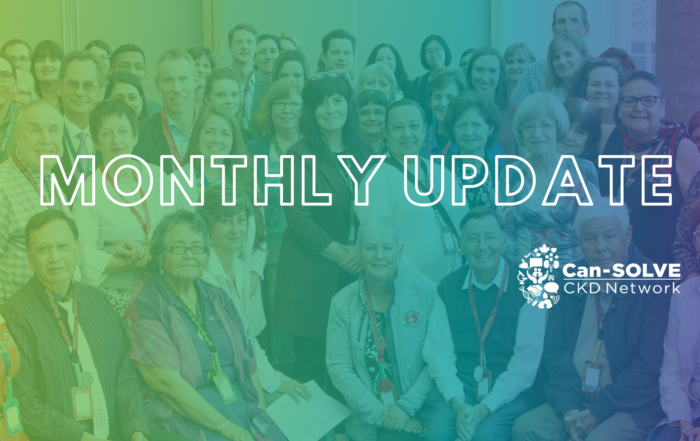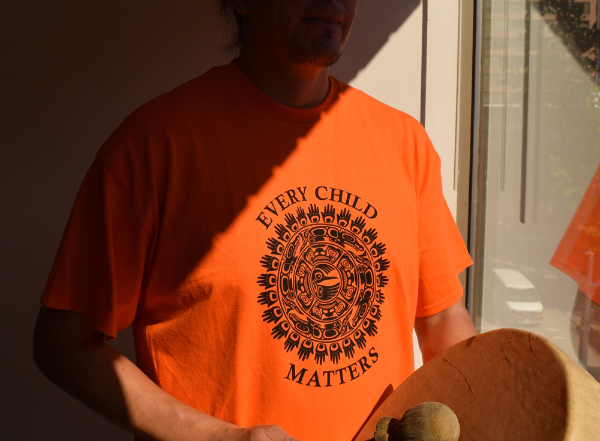Dialysis patients often require complex care and are faced with unique challenges. Finding solutions to these challenges is no easy task – but the research team behind Can-SOLVE CKD’s Triple I project is making important progress.
In its first phase, the Triple I project conducted extensive surveys and interviews with the people who rely on or work at hemodialysis clinics, including kidney patients, caregivers and health care providers. Based on the issues identified during these stages, a condensed list of the top ten challenges facing hemodialysis patients was created using a well-established prioritization process.
Now, as part of the project’s second phase, members of the Triple I team are preparing to explore and test several short- and long-term solutions that address these top ten challenges. For example, dialysis patients often have appointments with various health care providers to address non-dialysis related issues. Having these providers, such as cardiologists and diabetes care specialists, at hemodialysis units may improve quality of care by decreasing the time and cost for patients to travel to appointments and improving communication between healthcare providers.
Individualizing the amount, timing and frequency of information provided to individuals on hemodialysis was another solution suggested to help patients navigate the large amounts of education material they are often presented. To address this issue, the Triple I team is partnering with a technology company to develop an app-based, interactive platform that uses a virtual navigator. This will allow individuals to decide what and how much information they would like to receive about a topic at any given time. Potential future additions to the app include the ability to modify hemodialysis schedules online and access to mental health and peer supports.
The project is a massive undertaking that is being spearheaded by nearly two dozen team members, including five patient partners, and is taking place at eight sites across Canada.
Dr. Clara Bohm at the University of Manitoba, who is co-leading the project with Dr. Marcello Tonelli at the University of Calgary, says the approach they have been taking has been critical to the project’s success. “How we’ve approached all of the steps is very iterative, and it all goes back to listening to people who have experience with hemodialysis. The project has really been driven by feedback from patient partners.”
She also notes that it’s not just who is involved, but the level of enthusiasm that is contributing to the success of the project. “It has really been amazing that we’ve been able to continue to this level of momentum for five years. You know, sometimes people get excited about a project and then it drops, but [our team] has kept the project moving forward,” says Dr. Bohm.
Rachelle Sass, the project’s research co-ordinator, has found her experience to be very rewarding. “I’ve really enjoyed working on the Triple I project and seeing its progression. Turning ideas into solutions to improve hemodialysis care for patients and caregivers, and the expertise of our team members, is astounding to me,” she says. “I’m always learning from them.”
To learn more about the Triple I project, visit the study website: betterkidneycare.ca

Members of the Triple I project team



Connect with us